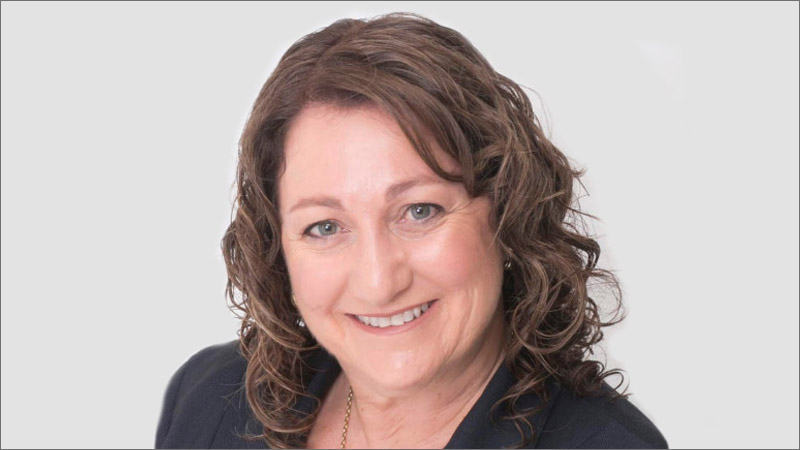Navigating SMSF compliance processes for employee share schemes
With pandemic conditions bringing about increased use of employee share schemes, SMSFs will need to take greater care in navigating across its compliance processes to avoid breaching super regulations.
Since the onset of the COVID-19 pandemic, employers are turning to alternative methods of rewarding employees as wage freezes become commonplace during the pandemic.
With record-low wages growth of 1.4 per cent over the last year, ASF Audits head of education Shelley Banton said companies are increasingly offering employee share schemes (ESS) as an incentive where they struggle to pay high salaries.
The emerging question for SMSFs, however, is the processes when it comes to ownership of employee shares, and any possible compliance traps it could face from super regulations.
Ms Banton said that, in general, the transfer of shares or options from an employee participating in an ESS is an acquisition of assets from a related party. The reason is that the employee is typically a related party to the fund.
“While it is easy to determine the market value of shares listed on the ASX, the market value of shares in a related, unlisted entity is complex and requires more documentation,” she told SMSF Adviser.
“Suppose the shares or options are transferred in for no consideration or less than market value? Where the member takes up the difference as a contribution, the shares are acquired at market value, and section 66 SIS will be satisfied.”
In terms of its effect on contribution caps, Ms Banton noted the ATO expects SMSF trustees to know which types of contributions breach the super laws.
“Returning a contribution is only allowed where the trustee cannot accept the amount under SIS or where the return is authorised by the principles of restitution for mistake, not where the member has exceeded their caps or simply changed their mind,” she said.
“The ATO’s position is straightforward. A reasonable trustee, acting with the level of care, skill and diligence required of a trustee of a complying fund, would have checked the fund’s affairs.
“Because the member is also a trustee, the fund effectively becomes aware of whether it can accept the contribution or not when it happened.”
“There is a strict process to follow as excess contributions cannot be refunded immediately. Technically, this is illegal early access: the member must wait for the ATO to issue an excess contributions determination notice before returning the extra amount.”
Ownership of ESS and NALI effect
In terms of ownership of ESS, some ESS include terms and conditions such that only the employee can own the shares. Others have the requirement that the employer must approve any transfer of the shares to an associate, related party or entity, according to Ms Banton.
Furthermore, when it comes to its interaction with NALI, there may be other circumstances SMSFs need to be conscious of that contribute to the transfer of the ESS into the fund not being on an arm’s length basis.
“The offer could include more favourable terms such as an interest-free loan from the employer to purchase the shares or receiving a higher dividend instead of market remuneration,” Ms Banton said.
“The SIS rules state that where parties are not dealing at arm’s length and the terms are more favourable to the SMSF, there will be no breach of s109 SIS.
“However, the NALI provisions then apply, which remove the fund’s tax concessions where the SMSF and other parties are not dealing at arm’s length in relation to a scheme.
“Where income is deemed to be NALI, all of the income generated from that asset will be taxed at the top marginal tax rate of 47 per cent, even if the member is in the pension phase.”

Tony Zhang
Tony Zhang is a journalist at Accountants Daily, which is the leading source of news, strategy and educational content for professionals working in the accounting sector.
Since joining the Momentum Media team in 2020, Tony has written for a range of its publications including Lawyers Weekly, Adviser Innovation, ifa and SMSF Adviser. He has been full-time on Accountants Daily since September 2021.








